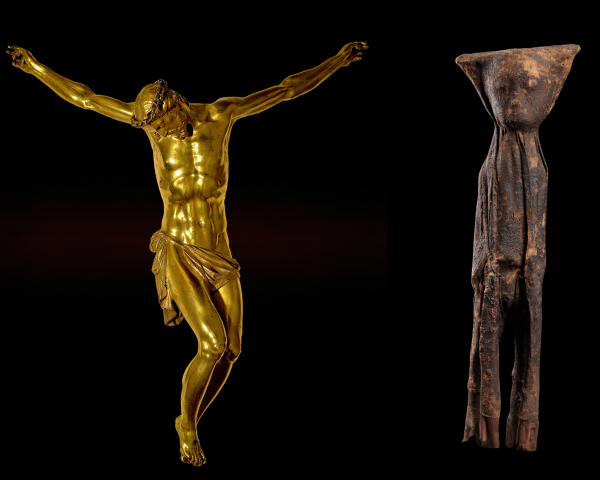
Colnaghi New York presents Fetish, the second exhibition in a collaborative series with Carlo Bella (formerly of Pace African and Oceanic Art, now independent). Following the May exhibition Power Figures, the exhibition extends the ongoing project of examining African and European objects side by side, situating them within a shared art-historical and material conversation.
Colnaghi New York is partnering with Carlo Bella for its second in a series of exhibitions putting African and European masterpieces in conversation, Fetish. Fetish aims to compare the practices of manufacture and worship of devotional sculpture and paintings from the European and African traditions, focusing on the role of the artist as the intermediary between the human and divine, the ecstatic nature of Christian mystic and polytheistic African ritual and divine conception, and the focus on the modification of the human body: through martyrdom and the Crucifixion in European tradition and the practices of ritual scarification in the African.
The exhibition brings together European devotional paintings and bronzes with ritual figures from Central and West Africa, showing how spirituality is expressed through crafted form. In European art, the body conveys divine suffering and salvation. Works include Luca Cambiaso’s Flagellation of Christ and his drawing Saint Catherine Rescued from the Wheel, Luigi Amidani’s Saint Sebastian, Nicolás Enríquez’s Dolorosa, François Girardon’s Marsyas, and Guglielmo della Porta’s Crucified Christ. The African works represent a range of carving traditions from Central and West Africa. These include a Teke buti figure from the Republic of the Congo, and figures by Baule, Senufo, Luba, Bakongo, Hemba, Kongo, Lumbo, Maou, and Losso artists, made from materials such as wood, glass, cowrie shells, metal, and organic matter. Together they demonstrate the variety of forms and techniques through which belief is made material.